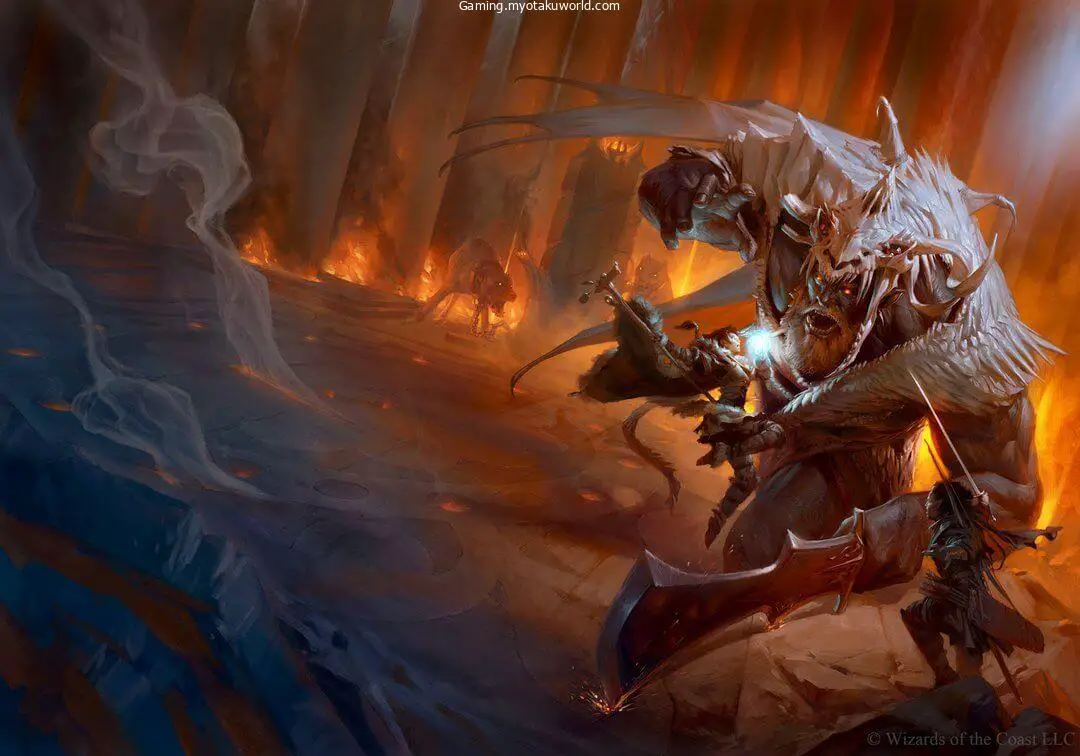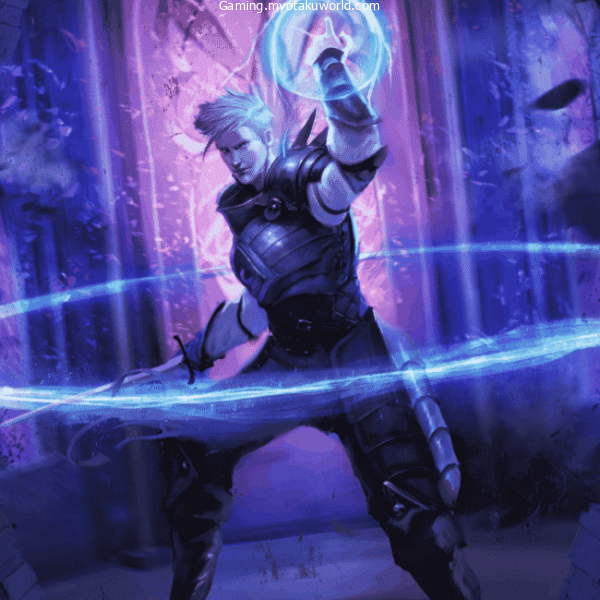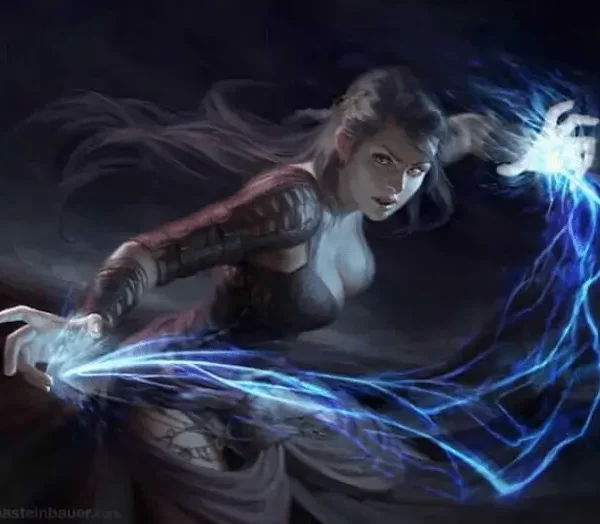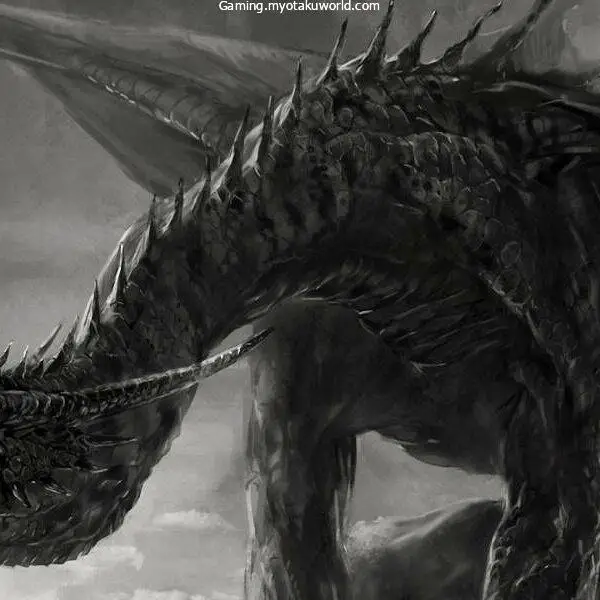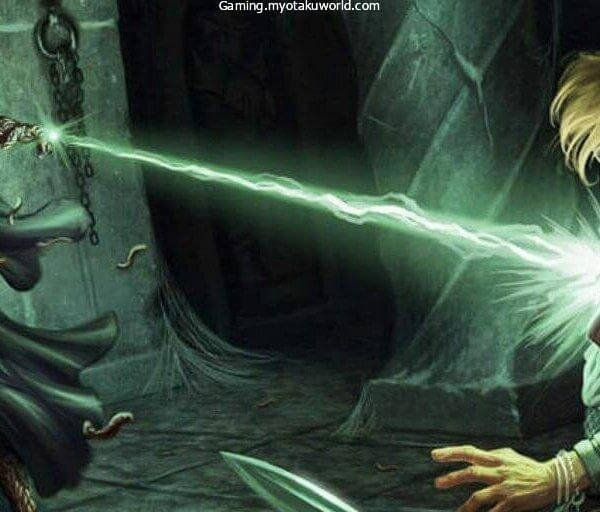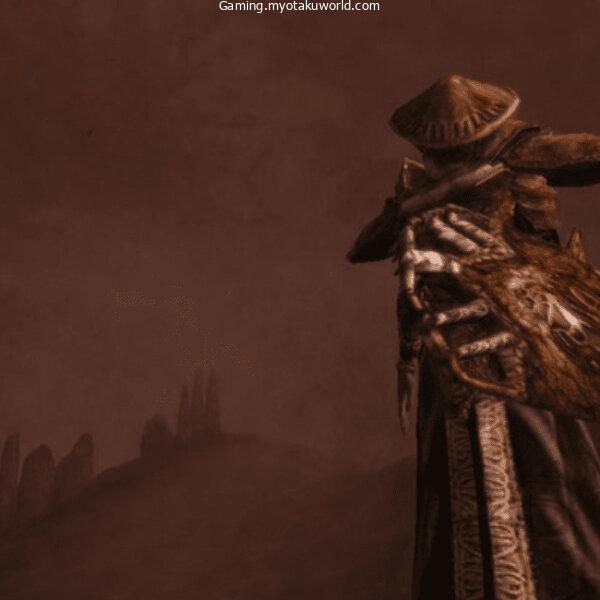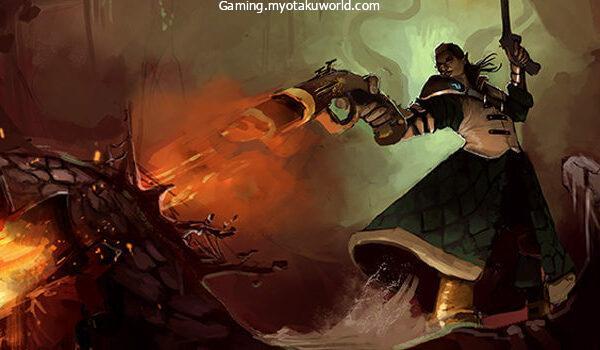In Dungeons & Dragons 5e, it takes a lot of work to run a battle. Also, it’s easy to miss or forget some parts like Heavily Obscured.
But it’s not clear to me how heavily obscured works.
So, I’m going to set the record straight with this full guide to heavily obscured in DnD 5e.
Let’s start by talking about what the book says.
What Does “Heavily Obscured” Mean in 5e?
Heavily obscured means that you can’t see anything in that area.
On page 183 of the Player’s Handbook (here on DnD Beyond), Chapter 8: Adventuring under Vision and Light says:
“A heavily obscured area–such as darkness, opaque fog, or dense foliage–blocks vision entirely. A creature effectively suffers from the blinded condition when trying to see something in that area.”
So, in a nutshell, creatures are blinded while they are in and interact with a very dark area.
This means that they fail ability checks that need to be able to see, that they have a disadvantage when rolling to attack, and that attacks against them have an advantage.
Here’s where things start to get confusing.

Most of the time in D&D, when you go into combat, the control character in your party decides to cast a fog cloud or darkness.
All of the combatants in the area of effect are covered by a thick fog.
Your attacks are at a disadvantage, according to the rules. But attacks have an advantage against creatures that are blind. So…going what’s on?
Spells and effects that do this are what I call “equalizers.”
Everyone loses any advantage or disadvantage at the same time. When you have both advantages and disadvantages on a roll, you just roll normally.
So, being heavily hidden makes everyone, both allies, and enemies, more equal.
The system for advantages and disadvantages in 5e is…something else. Just know that if you have both advantages and disadvantages, you have neither and must roll normally.
Which is a really good thing in some situations.
FAQs
So, now that you have a general idea of how 5e’s complicated rules work, let’s look at a few common questions about it.
How Do Ranged Attacks Work with Heavily Obscured Areas?
In 5e, if you attack a very dark area, you are firing blind. So, it works the same way when you are in the affected area.
You can’t see into a place that is very dark (unaided, at least). So, even if your character isn’t in the affected zone, you’re still blinded when attacking something inside it, even if you’re not in it yourself.
Still, when you attack creatures in the area, you have an advantage. But when you attack, you have a disadvantage because you can’t see them. So, you throw them away and roll as usual.
But remember that spells and abilities that say you need to be able to see your target can’t be cast or used on things that are very hard to see.
Does Being Heavily Obscured Grant Cover?
No, not really.
Here is another place where things get a little messy.
As written, even if your character is very hard to see, that doesn’t give them total cover.
This is what the PHB says about the total cover on page 196:
“A target has total cover if it is completely concealed by an obstacle.”
But wouldn’t a target be completely hidden if it were heavily hidden?
This is another case where the words used matter. For me, an obstacle is something like a wall or a big rock that stands between me and my goal.
But “heavily obscured” means there is no light at all, there is a lot of fog, or the water is dirty. Even though it’s hard to see, you can still move around in the space.
So, I’d say that being heavily hidden doesn’t give you any kind of cover.
That’s about all there is to know about heavily obscured in 5e.
It has the effect of making everyone who interacts with the hidden area blind. So, since advantages and disadvantages cancel each other out, all combatants are pretty much on the same level.
Just remember that it might seem counterintuitive to blind your whole party, but fighting in an area with a lot of shadows can stop enemies from getting an edge on their rolls. It can be a smart move if your group is in a tight spot.
